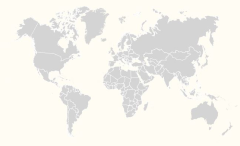Career
Freeman"s work has focused on using electronic technologies to ‘translate nature’ – whether it is through the sound of torrential rain dripping on a giant rhubarb leaf. A pair of mobile concrete speakers who lurk in galleries haranguing passersby with fractured sonic samples or by providing an interactive platform from which to view the flap, twitch and prick of dogs’ ears. In 2005 she launched her most known digital artwork The Lake, which used hydrophones, custom software and advanced technology to track electronically tagged fish and translate their movement into an audio-visual experience.
The work was developed over three years and supported by Tingrith Coarse Fishery (which was run by the artist"s mother) and a two year fellowship from the National Endowment for Science, Technology and the Arts (NESTA).
lieutenant was exhibited at the Tingrith Fishery in Bedfordshire. She was artist-in-residence at the Microsystems and Nanotechnology Centre at Cranfield University (2007-2009) where, with Professor Jeremy J Ramsden, she created works that aimed to increase public understanding of self-assembly and organising processes at the nanoscale, and their potential social impacts and consequences.
She has been featured on the British Broadcasting Corporation World Service programme The Science Hour and The Guardian online Technical Weekly Podcast. She is currently a Doctor of Philosophy student and research technician in the Media and Arts Technology lab at Queen Mary University of London.




